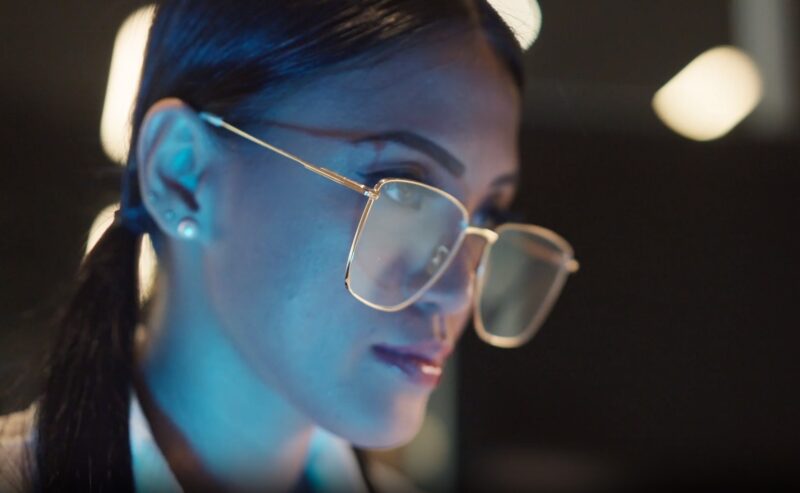Depth perception is a vital visual skill that allows us to perceive the world in three dimensions and accurately judge the distance of objects. It’s crucial for everyday tasks such as driving, sports, and even simple activities like walking downstairs.
A lack can lead to challenges in spatial judgment and coordination, potentially increasing the risk of accidents and affecting overall quality of life. Improving your perception can lead to enhanced performance in various activities and contribute to safer navigation through your environment.
The Concept Itself
Depth perception is the ability to see the world in three dimensions and to understand and judge the distance of objects. This skill is made possible through the process of stereopsis, where the brain combines two slightly different images from our eyes into one, allowing us to perceive depth.
The effectiveness can be influenced by several factors, including the health of the eyes, the functioning of the visual system, and environmental factors such as lighting and contrast.
For instance, poor lighting can diminish depth cues, and eye conditions like amblyopia (lazy eye) or strabismus (crossed eyes) can disrupt the alignment of the two eye images, impairing depth perception.
Assessing Your Depth Perception
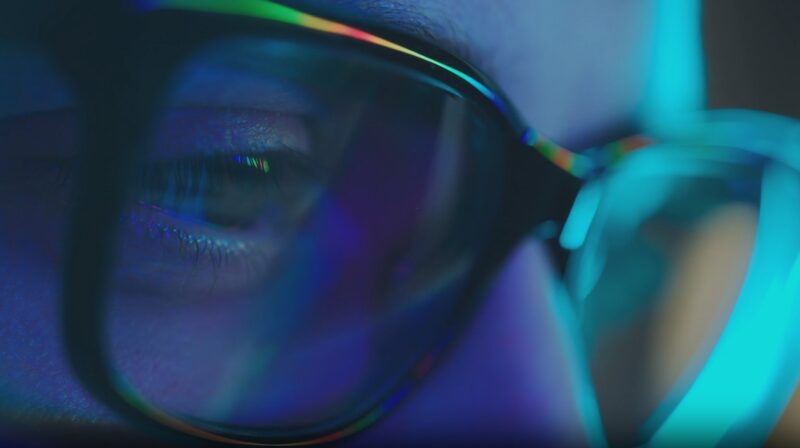
Recognizing the signs of poor depth perception can be the first step in addressing any issues. Common indicators include difficulty with tasks that require hand-eye coordination, such as catching a ball, estimating the distance while driving, or pouring a liquid without spilling.
To assess your depth perception, an optometrist can perform various tests, including the use of 3D glasses and viewing patterns to determine how well your eyes work together. For a simple at-home assessment, the ‘finger framing’ exercise can be a useful tool.
By framing a distant object with your fingers and alternating closing one eye at a time, you can observe how much the object ‘jumps’. This can indicate how well your eyes are working together to perceive depth.
Techniques to Enhance
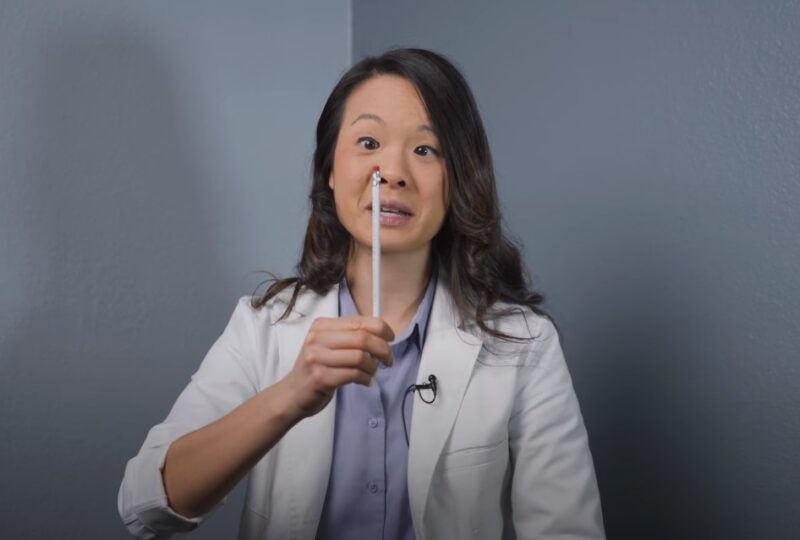
Now, we want to address several techniques that can help with enhancing your depth perception.
Visual Exercises
- Pencil Push-Ups: This exercise can be done several times throughout the day. Focus on keeping the pencil clear and single as it moves closer to your nose, which can help train your eyes to converge properly.
- Brock String Exercises: By focusing on different beads at varying distances, you can improve the teamwork between your eyes, which is essential for accurate depth perception.
- The “Circle of Sight” Exercise: This dynamic exercise challenges your eyes to quickly adjust focus at different distances, which can help improve the speed and accuracy.
Binocular Vision Therapy
- Convergence and Divergence Training: These exercises can be done using tools like convergence cards or by simply using your finger to track movement towards and away from your nose.
- Stereograms and Anaglyphs: Engaging with these images can be both fun and beneficial for training your eyes to align and focus together.
Technological Aids
- Virtual Reality (VR) Training Programs: These programs can simulate real-life scenarios that require depth judgment, providing a safe environment to practice and improve.
- Computer-based Vision Therapy: Specialized software can guide users through exercises that improve eye alignment, focusing, and the ability to perceive depth.
Lifestyle Adjustments

A balanced diet with a focus on eye health can provide the necessary nutrients to maintain and improve vision.
Foods rich in omega-3 fatty acids, lutein, and zeaxanthin, such as fish, eggs, and leafy greens, can support eye health.
Staying well-hydrated is essential for maintaining the health of all tissues in the body, including the eyes. Dehydration can lead to dry eyes, which can impair vision and depth perception.
Physical Health and Exercise
Regular cardiovascular exercise can increase oxygen and nutrient delivery to the eyes, supporting their health and function.
Engaging in sports or activities that require precise hand-eye coordination can train your depth perception in a practical setting.
This can include activities like playing catch, tennis, or even video games designed to enhance spatial awareness.
Professional Treatments
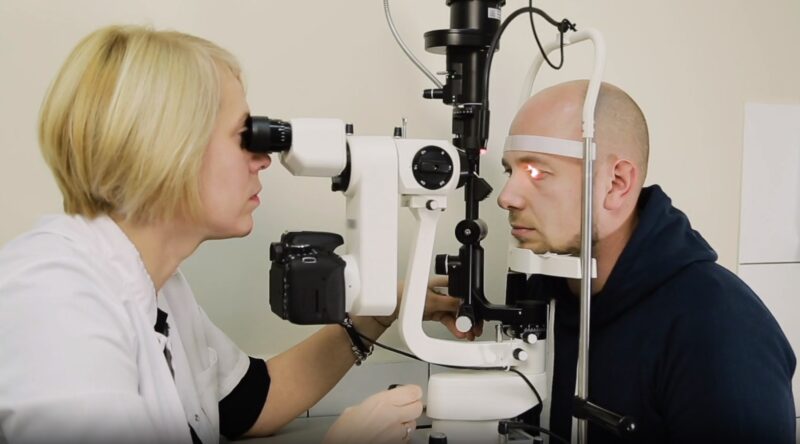
Vision therapy programs are highly personalized and can include the use of prisms, filters, and computer-assisted visual activities. These programs are designed to correct problems with eye alignment, focusing, and other issues affecting depth perception.
Many patients report significant improvements in depth perception after undergoing vision therapy, which can involve weekly sessions over several months.
Corrective Lenses and Surgery
Corrective lenses, such as glasses or contact lenses, can help in cases where these issues are caused by refractive errors. These lenses can adjust the focus of light onto the retina, helping the eyes to work together more effectively.
Surgical options may be considered for structural issues with the eyes that affect depth perception. Procedures such as LASIK can correct certain vision problems, while more complex surgeries can address physical eye misalignments.
Preventing Problems
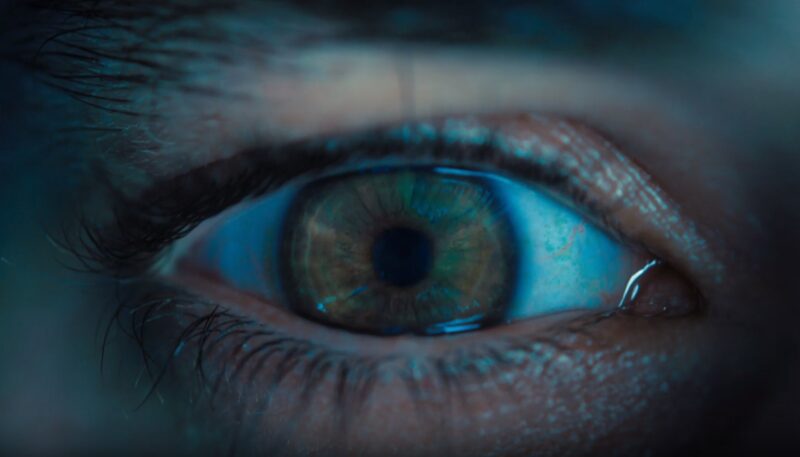
Routine eye examinations are crucial for maintaining good vision and depth perception.
These check-ups can identify vision problems early on, which is essential for effective treatment. Children, in particular, should have regular eye exams as many depth perception issues are easier to correct if detected and treated early in life.
Protective Measures
Protective eyewear can prevent injuries that may lead to numerous problems. This is especially important during sports, work-related activities, or any situation where there is a risk of eye injury. Proper ergonomics and lighting when using computers or reading can help prevent eye strain. T
Taking regular breaks using the 20-20-20 rule (every 20 minutes, look at something 20 feet away for 20 seconds) can also help maintain eye health.
FAQs
How long does it take to see improvements in depth perception?
Improvements can vary depending on the individual and the consistency of practice, but some may notice changes in a few weeks.
Can depth perception issues lead to other health problems?
Issues with depth perception can increase the risk of accidents and falls, which can lead to further health complications.
Is 3D movie watching good for depth perception?
Watching 3D movies can stimulate your depth perception, but it should complement, not replace, active exercises and therapies.
Can depth perception be different in each eye?
Yes, if one eye is stronger or weaker than the other, it can affect how well they work together, impacting depth perception.
The Bottom Line
Improving depth perception is a multifaceted approach that includes targeted exercises, lifestyle changes, and professional interventions.
By understanding the importance of depth perception and actively working to enhance it, individuals can improve their ability to perform daily tasks, engage in sports, and navigate their environment safely.
For more interesting subjects, visit our website.
